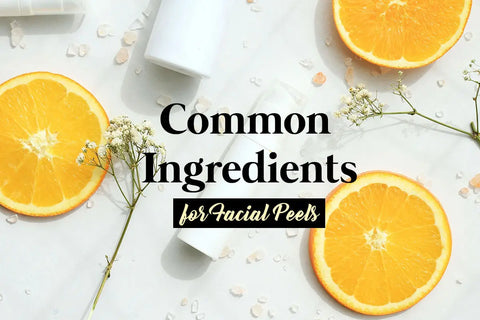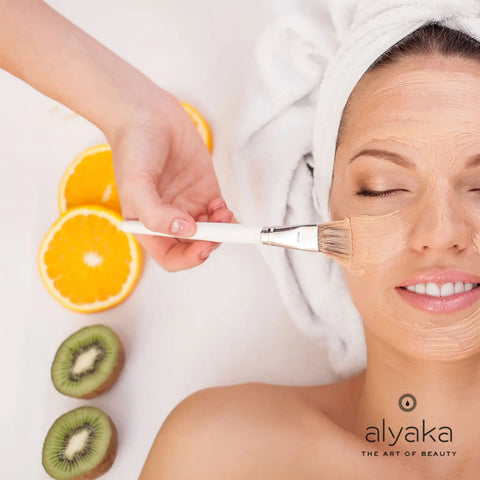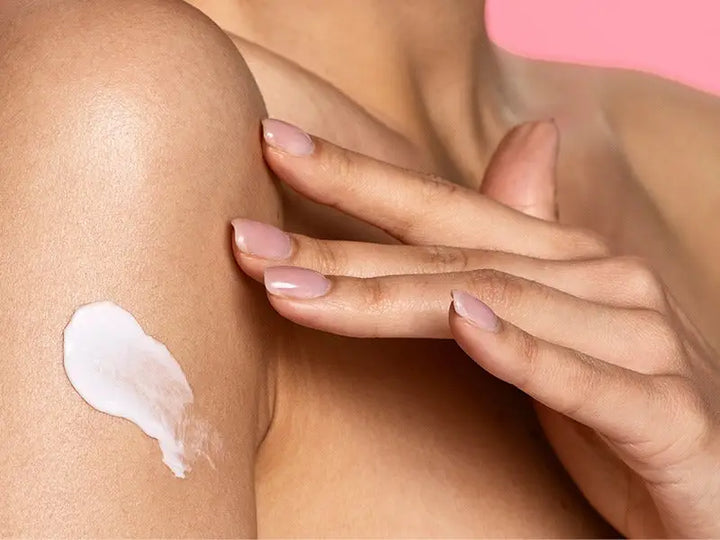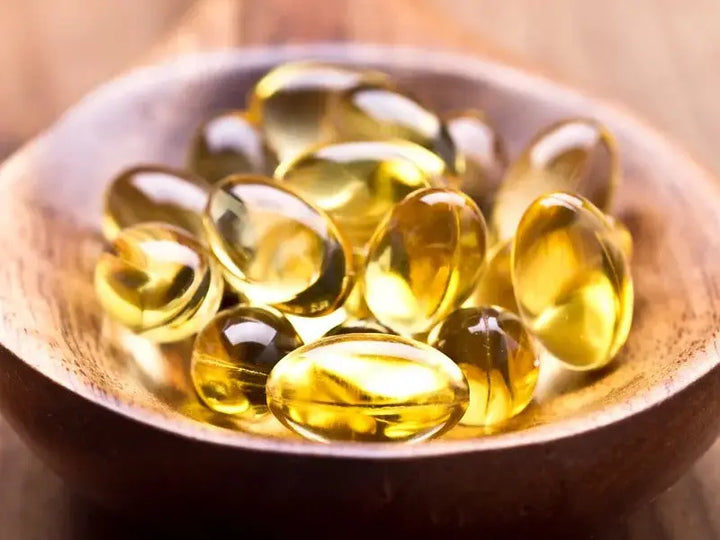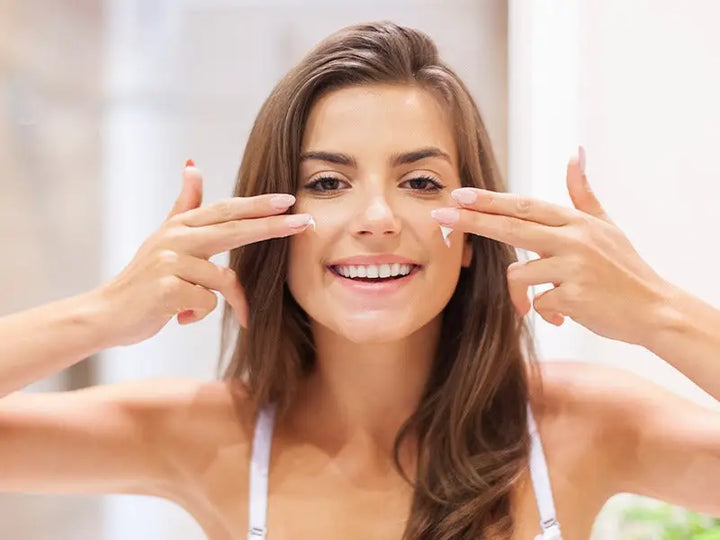Exfoliants and peels are cleansers that are formulated to remove dead skin cells that build upon the skin. Usually, these products release deep-seated dirt, oil, makeup residue and all other impurities to reveal healthy, radiant skin.
Confused about the two? Don’t fret! We have rounded up all the things you need to know about these two skin must-haves in this complete guide to .

EXFOLIANTS VS. PEELS: WHAT YOU NEED TO KNOW
Face exfoliants slough off dead skin cells to improve the appearance of an otherwise dull and rough skin. On the other hand, peels are simply another form of exfoliation. They both remove dead skin cells mainly by using acids which break down the bond that keeps them hanging onto your skin.
Unlike scrubs, peel and exfoliants use ingredients that sink into the skin to target its deeper layers.
Sounds interesting? Read on to know the main differences between exfoliants and peels.
AN OVERVIEW OF EXFOLIANTS AND PEELS
WHAT ARE EXFOLIANTS?
A face exfoliant is an essential of a skincare routine for four reasons: it deeply cleanses the skin, dislodges buildup in the pores, refines the skin texture, and as well as enhances the blood flow to the face. Exfoliation has long been known as a skin treatment that provides immediate results. In fact, the use of exfoliants can be traced as far back to ancient Egypt at the time when minerals and alabaster particles were used as physical exfoliants.
Why You Need To Exfoliate
The skin undergoes a constant regenerative process where it renews itself over time. As new skin cells forms, old, dead skin cells are pushed to the outer layer of the skin. The accumulated dead skin cells can gradually flake off but sometimes they hang on for too long contributing to a dull and rough appearance. Exfoliation helps to shed these old layers, which in turn prepares your skin for the penetration of other skincare products.

HOW EVERY SKIN TYPE BENEFITS FROM EXFOLIATING
Dry Skin – exfoliants are good for dry skin as it removes the layer of dead skin cells that may actually be blocking your skincare products, moisturizers included, from penetrating into your skin.
Oily and Acne Prone Skin – mild exfoliants help break up debris, excess oil and dead skin buildup that can lead to unwanted pimples and breakouts.
Sensitive Skin – while it may sound absurd for those with sensitive skin to use exfoliators, they can actually benefit from a mild, short-contact exfoliators that are gentle to the skin.
Normal Skin – normal usually means a combination of an oily T-zone and dry cheeks and those with such skin types can already benefit from using baking soda as an exfoliator.
There are two common methods of exfoliation that you can use depending on your skin needs. Each one designed to work for a range of skin types.
- Physical Exfoliation – this method uses small grains, a brush, a towel or scalpel to mechanically rub the skin. This method is not as effective or as gentle as chemical exfoliation so it’s not advisable if you have sensitive skin.
- Chemical Exfoliation – in this method, chemicals and enzymes are used to rejuvenate skin. Various studies claim that chemical exfoliation has superior anti-ageing results to mechanical exfoliation.
However, to achieve the best results, there are rules that you should not forget. And this is what we’ll discuss below.
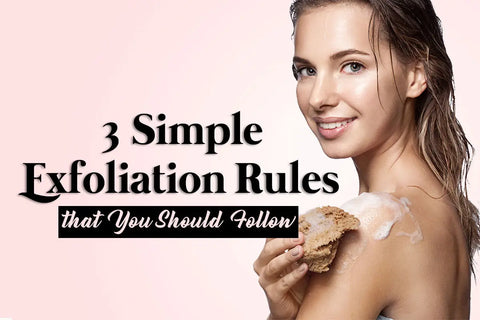
3 SIMPLE EXFOLIATION RULES THAT YOU SHOULD FOLLOW
1. EXFOLIATE IN THE MORNING
Most skincare experts agree that it’s best to exfoliate in the morning. Your skin repairs itself at night and the next day is the perfect time for scrubbing those dead skin cells.
2. EXFOLIATE TWICE A WEEK
Exfoliate once or twice a week. Note that over-exfoliating can tear at the skin. Apply exfoliators in a circular motion for 30 seconds then rinse off with lukewarm water.
3. PROTECT YOUR SKIN
After exfoliating, replenish your skin with natural oils to add protection to the barrier. If you accidentally over-exfoliated, give your skin a rest for at least a week. Use a cleanser that doesn’t cause dryness.
Now that you’ve learned more about exfoliants, it’s time to know about facial peels.

FACIAL PEELS: WHAT IS IT?
Facial peels improve the skin appearance by inflicting blisters that eventually peel off, leaving a softer, radiant complexion underneath. Some other benefits of facial peels include:
- Enhancing the look and feel of the skin
- Improving appearance of mild scars, age spots and dark patches
- Diminishing fine lines and wrinkles
- Reducing fine lines under the eyes and around the mouth
- Treating acne and fights overproduction of sebum
COMMON INGREDIENTS USED FOR FACIAL PEELS
Alpha Hydroxy Acid (AHA) – acids such as AHA are a common ingredient in facial peels. It is a mild, naturally occurring acid that exfoliates the skin while boosting hydration.
Beta Hydroxy Acid (BHA) – this acid is a little stronger and sinks deeper into the pores to better exfoliate and clean. It is recommended for oily skin.
Lactic Acid – this acid not only exfoliates the skin but also deeply moisturises. It stimulates the production of hyaluronic acid in the skin.
Salicylic Acid – this acid is an ideal peeling agent that is also used to treat various skin disorders. It is superior in treating acne, large pores and even blackheads.
Glycolic Acid – this is a popular ingredient that promises to smoothen the skin and stimulate collagen production. This is often recommended for those who are new to facial peels.

3 TYPES OF FACIAL PEELS
Deep Peels – using this peel causes stinging or burning sensation as it penetrates deeply into the skin. It usually contains acids like carbolic acid or trichloroacetic acid (TCA) that can cause redness or burns, and visible peeling or flaking on the face.
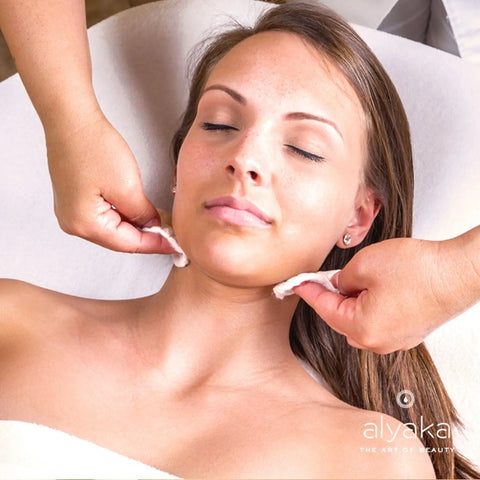
Medium Peels – this peel uses a lighter solution of TCA but still results in redness. It removes skin cells from both the epidermis (outer layer skin) and as well as the upper part of the dermis (middle layer skin) and may take up to 7 days of downtime.
Light peels – this gentlest version of peels is effective yet doesn’t result in redness or require recovery. However, even with gentle peels, you will still have to limit your sun exposure and wear protective sunscreen.
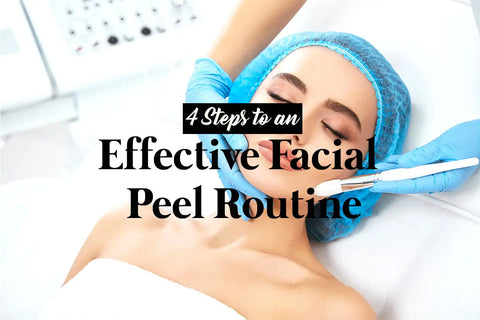
4 STEPS TO AN EFFECTIVE FACIAL PEEL ROUTINE
1. SELECTION
Choose the type of peel based on your needs. The factors that you must consider include the problem you want to address and your skin type.
TIP: If you are using facial peels for the first time, choose a product with the lowest concentration of chemicals possible. Increase the strength as your skin gets used to it over time.
2. PREPARATION
Condition your skin by stopping the use of tretinoin-based products at least a week before your peel as this may irritate your skin.
Then, gently exfoliate your face the day prior to your peel. After washing, apply a pH solution to prepare your skin for the peel.
NOTE: Do a patch test before peeling. If your skin reacts negatively, do not use the peel.
3. APPLICATION
To start with the application of facial peel, cleanse your face using water and a soap-free cleanser. Finish it with an application of a mild astringent like witch hazel.
Next, avoid applying the peel to sensitive areas such as around your eyes, nostrils or corners of your lips. Lather petroleum jelly to these areas to keep them from the acid.
Finally, apply an even coat of the facial peel solution to your skin using a cotton. Start with the less sensitive areas – forehead, chin and cheeks, continuing to the lower eyelids, nose and neck area.
Leave the peel on for a recommended length of time or less. If your skin starts turning pink even before its time, wash it off. Apply a neutralizing solution to stop the chemicals from working.
4. POST APPLICATION
Apply a liberal amount of moisturizer to your face right after peeling. Don’t allow your skin to dry out and reapply to as much as 10 to 20 times throughout the day. Don’t pick at it as it may cause damage.
Soothe redness using cool products like aloe vera gel, cooling masks or ice packs. Redness and stinging are normal after your peel but these can help ease them.
After your peel, stay out of the sun until redness subside. Wear sunscreen on your face if you really have to go outdoors.
Gently rinse your face twice a day with soap-less cleanser or water. Splash lukewarm water on your face and do not rub. Pat your skin dry with a clean towel
Avoid putting pressure on your face until the skin completely heals. Avoid rubbing your cheek or forehead even on the pillow.
Did you love what you read? Bookmark this page for later!




